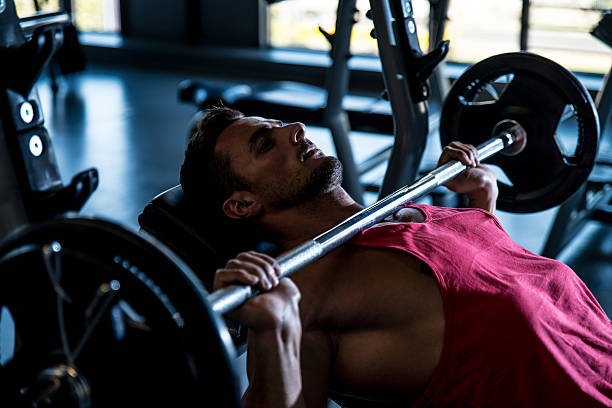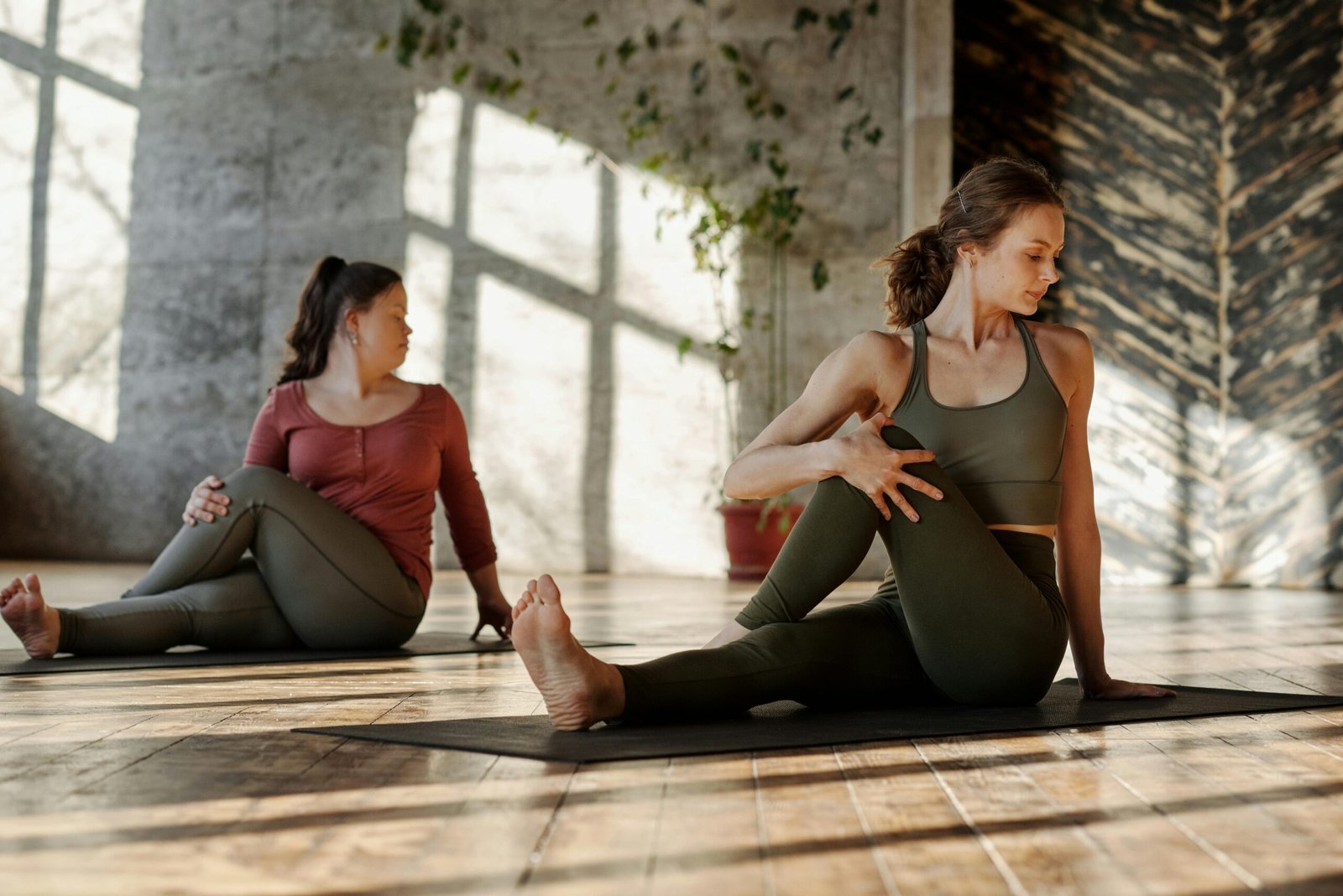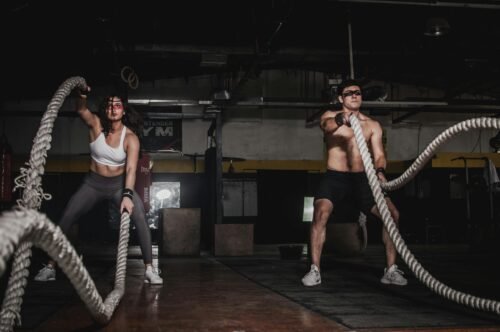Introduction
The overhead press is one of the most fundamental exercises for building upper body strength. Whether you’re a seasoned lifter or just starting out, learning which overhead press muscles worked during this movement can greatly improve your form, efficiency, and overall performance. Let’s dive into the specific muscles that get activated during an overhead press and why this exercise is a must in any strength training routine.
What is the Overhead Press?
Before we explore the muscles involved, it’s essential to understand what the overhead press (sometimes called the military press) actually is. This compound movement involves lifting a barbell, dumbbell, or kettlebell from shoulder height to overhead while standing. The motion seems simple, but it requires significant muscle coordination, balance, and core stability to perform correctly.
The Importance of Proper Form
As with any exercise, form is key when it comes to the overhead press. Incorrect form can lead to injuries or strain on the wrong muscles. Ideally, the lift should start with your feet firmly planted, core tight, and elbows slightly in front of the bar. As you press the weight overhead, make sure your shoulders, core, and legs are fully engaged to support the movement. Poor form can place unnecessary stress on your shoulders and lower back, so engaging the correct muscles is crucial for avoiding injury.
Primary Muscles Worked in the Overhead Press
1. Deltoids
The primary muscle group worked during the overhead press is the deltoids, which are located on the shoulders. The deltoids have three main parts: the anterior (front), lateral (side), and posterior (rear) delts.
- Anterior Deltoids: The front portion of the deltoid is highly involved in pushing movements like the overhead press. It helps in lifting the weight directly overhead.
- Lateral Deltoids: This part of the shoulder helps stabilize the weight as you push it upwards. It also assists in lateral movements of the arm.
- Posterior Deltoids: Though not as active during the press itself, the rear deltoid still plays a role in stabilizing the shoulder joint and providing balance during the lift.
2. Trapezius
The trapezius muscle, or traps, spans from the base of your skull down to the middle of your back and across the shoulder blades. While it’s primarily known for shrugging movements, the traps play an important stabilizing role in the overhead press. They help stabilize your shoulder girdle and ensure that your shoulders remain secure as you press the weight overhead.
3. Triceps Brachii
Your triceps, located at the back of your upper arms, are crucial for completing the press. Once the initial push is done by your shoulders, your triceps take over to finish the lift. They’re responsible for straightening your elbows, which is the final part of the overhead press.
4. Serratus Anterior
The serratus anterior is a lesser-known muscle located on the side of your ribcage. This muscle plays a vital role in stabilizing the scapula (shoulder blade) during overhead movements. A well-developed serratus anterior can contribute to more effective and safer overhead presses by keeping your shoulder blade aligned and stable throughout the movement.
5. Core Muscles
While the overhead press mainly focuses on the upper body, your core muscles (abdominals, obliques, and lower back) are heavily involved. In order to maintain balance and stability while lifting a heavy weight overhead, your core must stay engaged throughout the movement. A weak core can result in leaning backward or forward, which not only reduces the effectiveness of the exercise but also increases the risk of injury.
6. Rotator Cuff
The rotator cuff is a group of four muscles that stabilize the shoulder joint: the supraspinatus, infraspinatus, teres minor, and subscapularis. During the overhead press, the rotator cuff ensures your shoulder remains stable, preventing dislocation and ensuring smooth movement. Strengthening these muscles can also reduce the likelihood of shoulder injuries over time.
Secondary Muscles Involved in the Overhead Press
1. Pectorals
The pectoralis major and pectoralis minor (your chest muscles) are secondary players in the overhead press. While they aren’t as heavily engaged as in a bench press, they assist in the pushing motion. The chest muscles help create stability in the upper body as you push the weight upward.
2. Biceps Brachii
While the biceps are not the main focus of the overhead press, they do provide support and stability throughout the lift, especially during the lowering phase. The biceps work to control the descent of the weight back to your shoulders, preventing it from dropping too quickly.
Benefits of the Overhead Press
1. Improved Shoulder Strength
Since the overhead press primarily targets the shoulders and triceps, it’s a great way to build strength in these areas. Over time, you’ll notice increased shoulder stability and the ability to lift heavier weights, which can translate to better performance in other exercises.
2. Enhanced Core Stability
The overhead press isn’t just an upper-body exercise; it’s also a fantastic way to engage and strengthen your core. Maintaining balance while lifting a weight overhead forces your core to stabilize your entire body, which improves overall balance and posture.
3. Functional Strength
The overhead press mimics everyday movements, such as lifting objects over your head. Incorporating this exercise into your workout routine can enhance your functional strength, making daily tasks easier and reducing the risk of injury.
4. Compound Movement Efficiency
As a compound movement, the overhead press works multiple muscle groups simultaneously. This makes it a time-efficient exercise, allowing you to build strength across your shoulders, triceps, and core in one single motion.
Common Mistakes to Avoid
1. Leaning Back Too Much
One of the most common mistakes during the overhead press is leaning backward, which can place excessive strain on your lower back. This often happens when the weight is too heavy or when the core muscles are not properly engaged.
2. Not Engaging the Core
Failing to engage the core can lead to instability and poor form. Your core should be tight and engaged throughout the movement to prevent over-arching your back and maintain proper posture.
3. Incorrect Grip Width
Using a grip that’s too wide or too narrow can reduce the effectiveness of the overhead press and lead to shoulder discomfort. A shoulder-wide grip is generally recommended for optimal performance and safety.
4. Rushing the Movement
The overhead press should be performed in a controlled manner, both when lifting and lowering the weight. Rushing through the movement can reduce muscle engagement and increase the risk of injury.
How to Progress in the Overhead press muscles worked
To see continual progress in the overhead press, it’s important to focus on progressive overload. This means gradually increasing the weight or reps to challenge your muscles. You can also incorporate variations such as the seated overhead press or the single-arm dumbbell press to target different muscle groups and keep your training fresh.
Conclusion
The overhead press is a fantastic exercise for developing upper body strength, shoulder stability, and core engagement. By understanding the muscles worked during this movement, you can improve your form, prevent injury, and maximize the benefits of this essential lift. Remember, consistency and proper technique are key to seeing progress, so start with manageable weights and work your way up as your strength improves.


